A thruster on iQPS satellite number 6 (QPS-SAR-6) reportedly malfunctioned. The satellite no longer can maintain orbit and iQPS forecasted early termination of mission in December. Launched on the SpaceX Transporter 8 rideshare mission in June 2023, QPS-SAR-6 was iQPS’s first commercial satellite. iQPS reported an impairment loss of ¥582M (~$3.7M) due to the shortened mission lifetime. iQPS designed QPS-SAR-6 with a 5 year operation lifetime, so this is a significant loss. It is not clear if the satellite was insured.
iQPS previously reported the cost to develop, build, launch, and insure one satellite is approximately ¥1B ($6.3M). Even discounting the ~3 months it takes after launch until commercial operation commences, 42 months lost proportionally yields ~$4.4 million. So something is amiss with iQPS recording a ~$3.7 impairment loss.
I am curious who supplied the thrusters and the cause of failure. iQPS’s report to investors does not identify the manufacturer. Similarly it is unknown if the thruster’s failure is fault of the manufacturer or iQPS design.
Regardless, iQPS must ensure successful operation of thrusters on all futures missions. The impairment loss and lost future revenue from QPS-SAR-6 malfunctioning undoubtably will materially effect iQPS financially. Assuming 7.5 imagery sets sold per day (a value below iQPS’s business plan), 42 months lost equates to ~$24m in lost revenue. Not a small loss.
This is the latest in iQPS’s string of bad luck. iQPS lost two satellites in 2022 when the Epsilon-6 rocket launch failed. iQPS also pre-paid ¥715M ($5.2M at the time) to Virgin Orbit for the launch of its fifth SAR satellite, which never launched due to Virgin Orbit’s bankruptcy.
